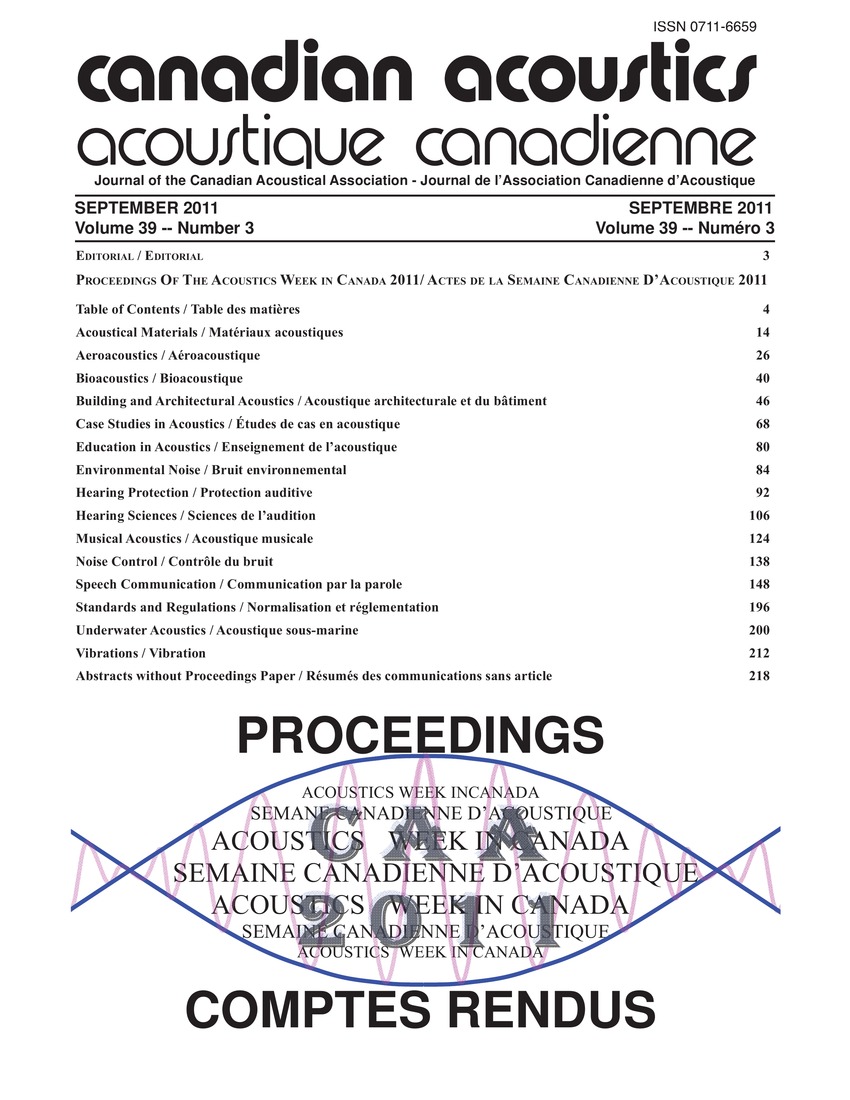Transmission loss of a sound insulating panel made from charged recyclable thermoplastic
Keywords:
Electric properties, Rigidity, Sound insulation, Density ratio, Heavy particles, Metal particle, Sound insulation property, Thermoplastic polymer, Transmission loss, Young modulusAbstract
This article aims at investigating the sound insulation property of composites made of recyclable thermoplastic charged with heavy particles. Polyethylene (PE) is the most used thermoplastic polymer worldwide. Behind this generic name lies several types of PE, where linear low density polyethylene (LLDPE) is the most common one. Metal particles are often used to improve the electrical properties of materials. However Young modulus increases too. Subsequently, and in order to reduce composites rigidity, samples microstructure was modified by subjected all composites to a special procedure. Then, Young modulus was again reevaluated. Buoyancy method was used to assess the composites density. In this work, it was shown that the sound insulation properties of a material made of recyclable thermoplastic can be assessed by the rigidity to density ratio, and, enhanced by reducing this ratio.Additional Files
Published
How to Cite
Issue
Section
License
Author Licensing Addendum
This Licensing Addendum ("Addendum") is entered into between the undersigned Author(s) and Canadian Acoustics journal published by the Canadian Acoustical Association (hereinafter referred to as the "Publisher"). The Author(s) and the Publisher agree as follows:
-
Retained Rights: The Author(s) retain(s) the following rights:
- The right to reproduce, distribute, and publicly display the Work on the Author's personal website or the website of the Author's institution.
- The right to use the Work in the Author's teaching activities and presentations.
- The right to include the Work in a compilation for the Author's personal use, not for sale.
-
Grant of License: The Author(s) grant(s) to the Publisher a worldwide exclusive license to publish, reproduce, distribute, and display the Work in Canadian Acoustics and any other formats and media deemed appropriate by the Publisher.
-
Attribution: The Publisher agrees to include proper attribution to the Author(s) in all publications and reproductions of the Work.
-
No Conflict: This Addendum is intended to be in harmony with, and not in conflict with, the terms and conditions of the original agreement entered into between the Author(s) and the Publisher.
-
Copyright Clause: Copyright on articles is held by the Author(s). The corresponding Author has the right to grant on behalf of all Authors and does grant on behalf of all Authors, a worldwide exclusive license to the Publisher and its licensees in perpetuity, in all forms, formats, and media (whether known now or created in the future), including but not limited to the rights to publish, reproduce, distribute, display, store, translate, create adaptations, reprints, include within collections, and create summaries, extracts, and/or abstracts of the Contribution.


